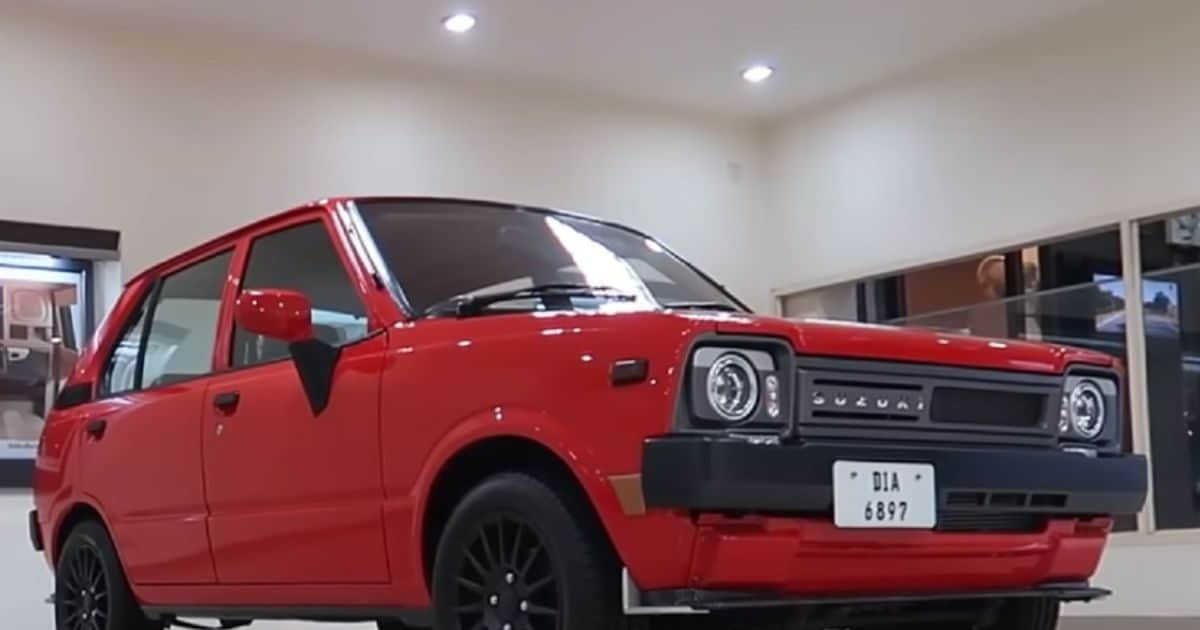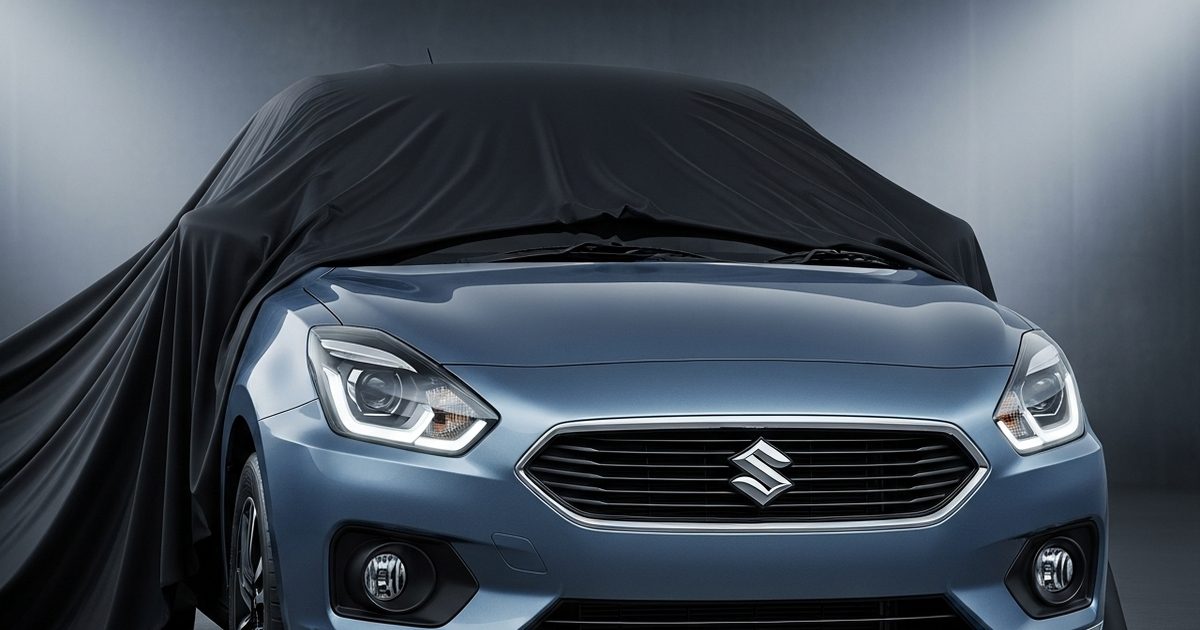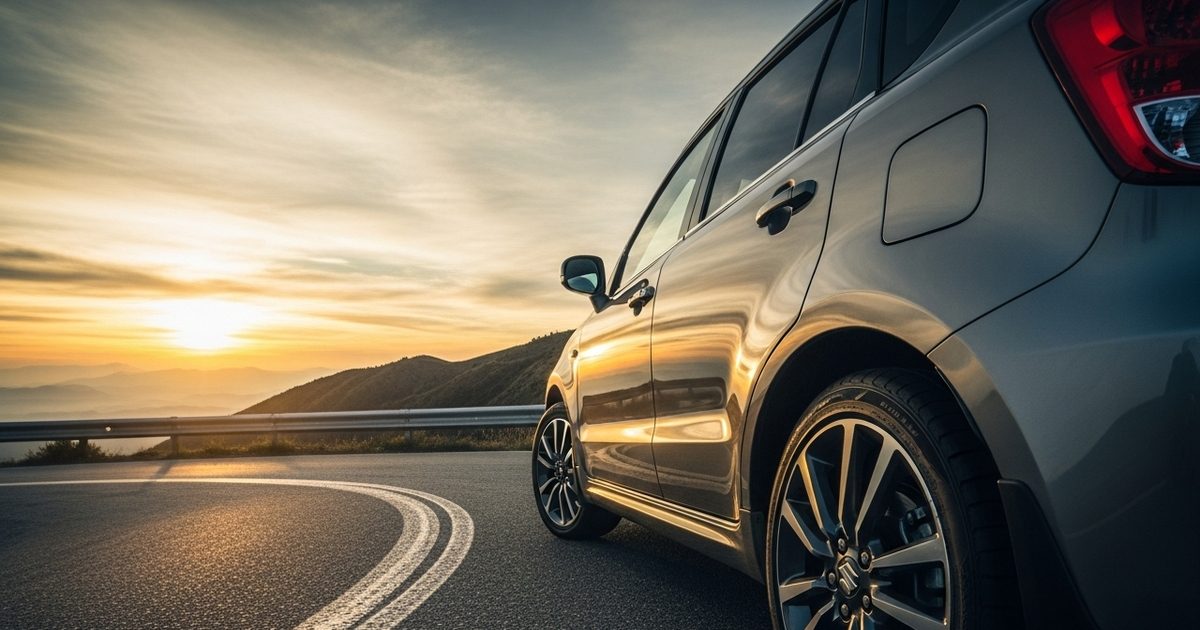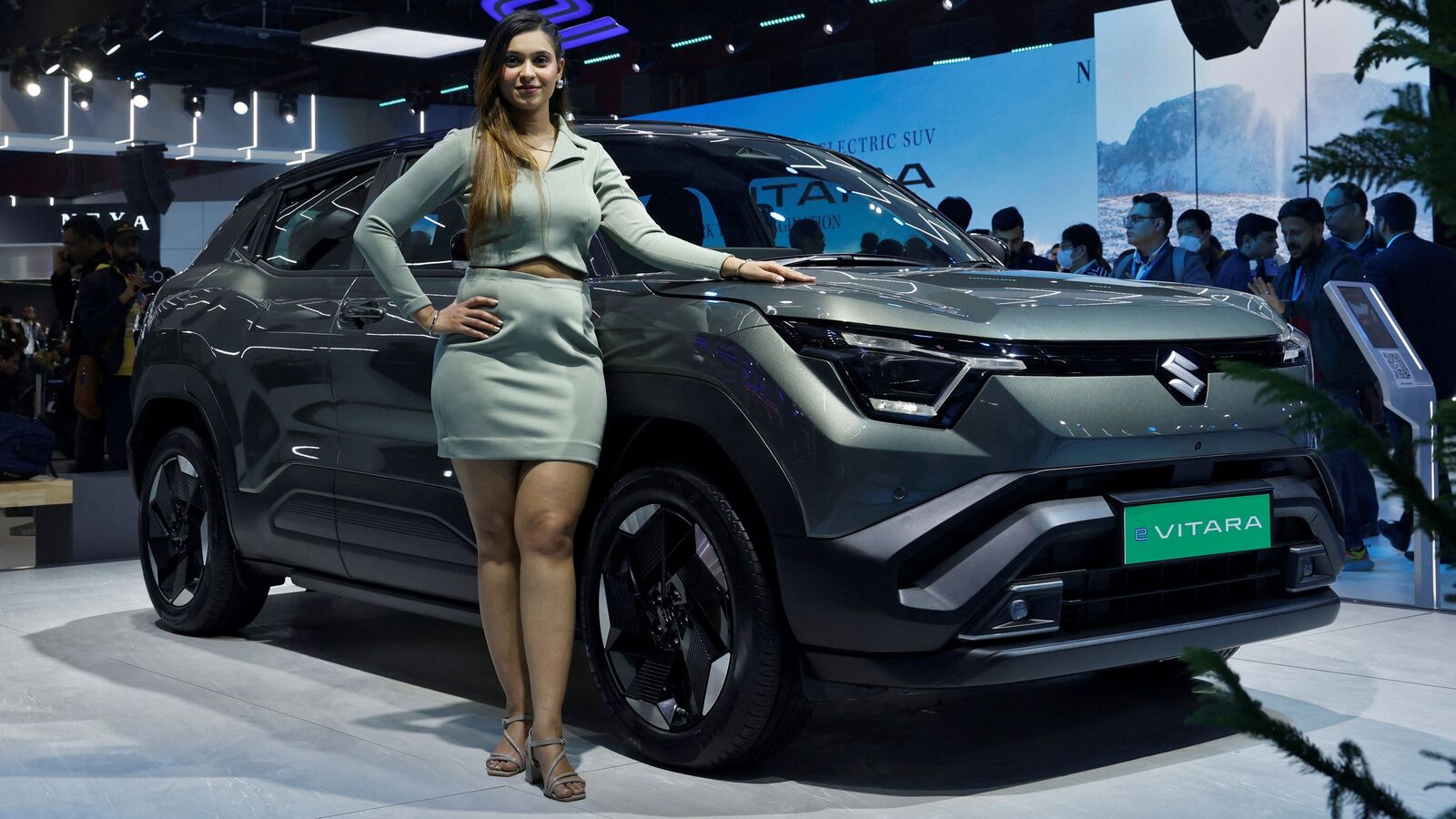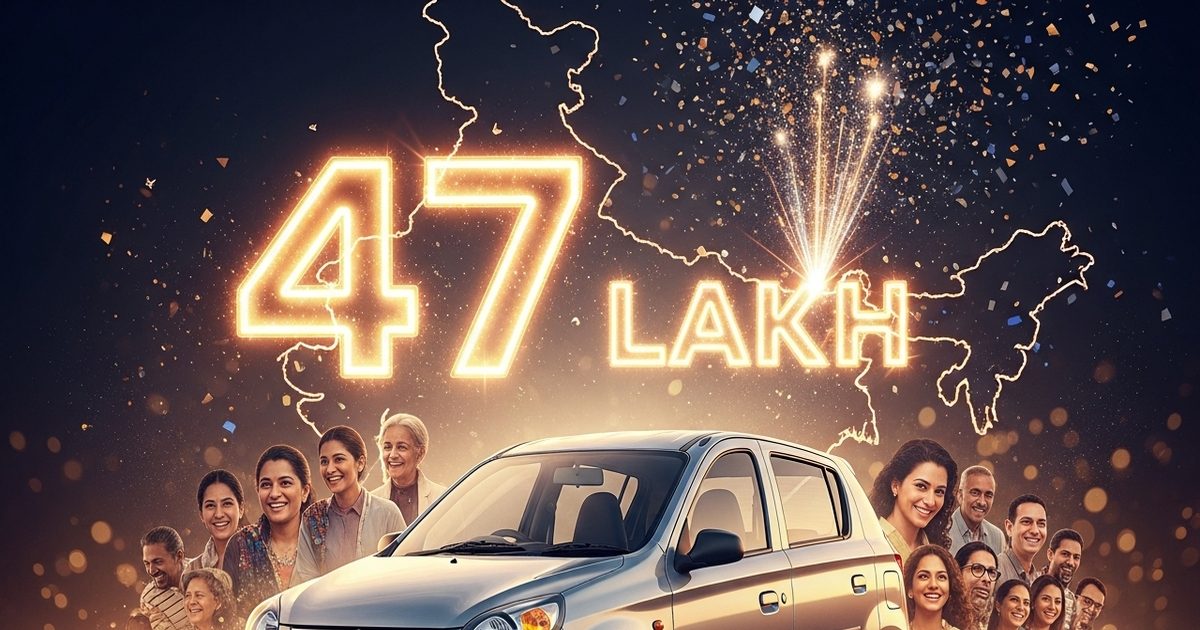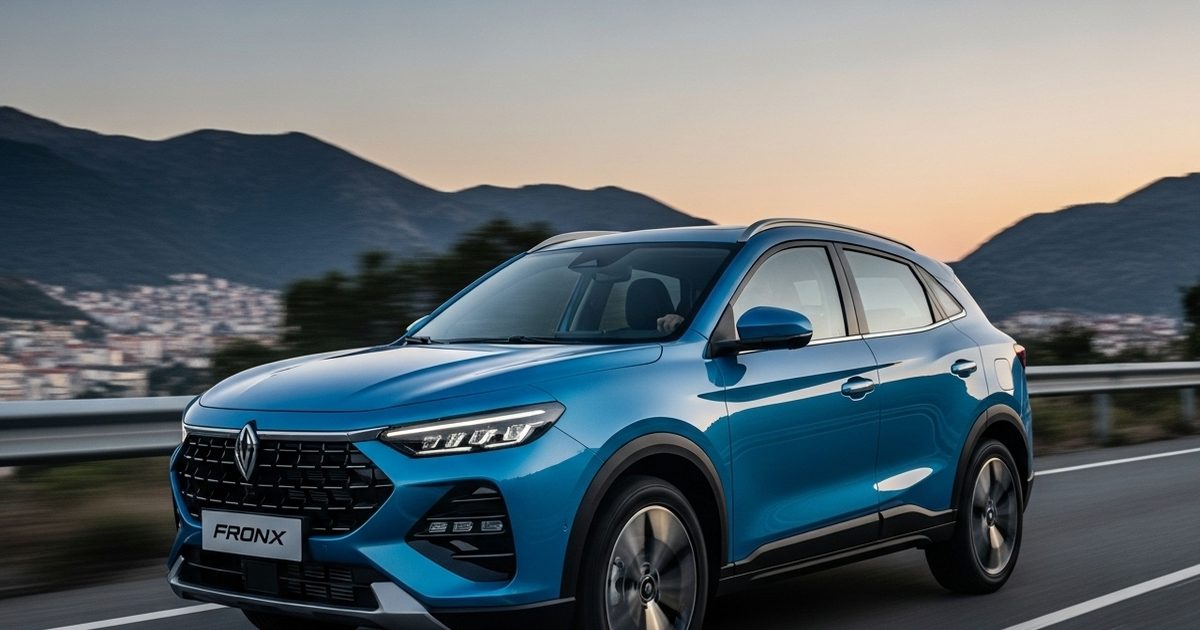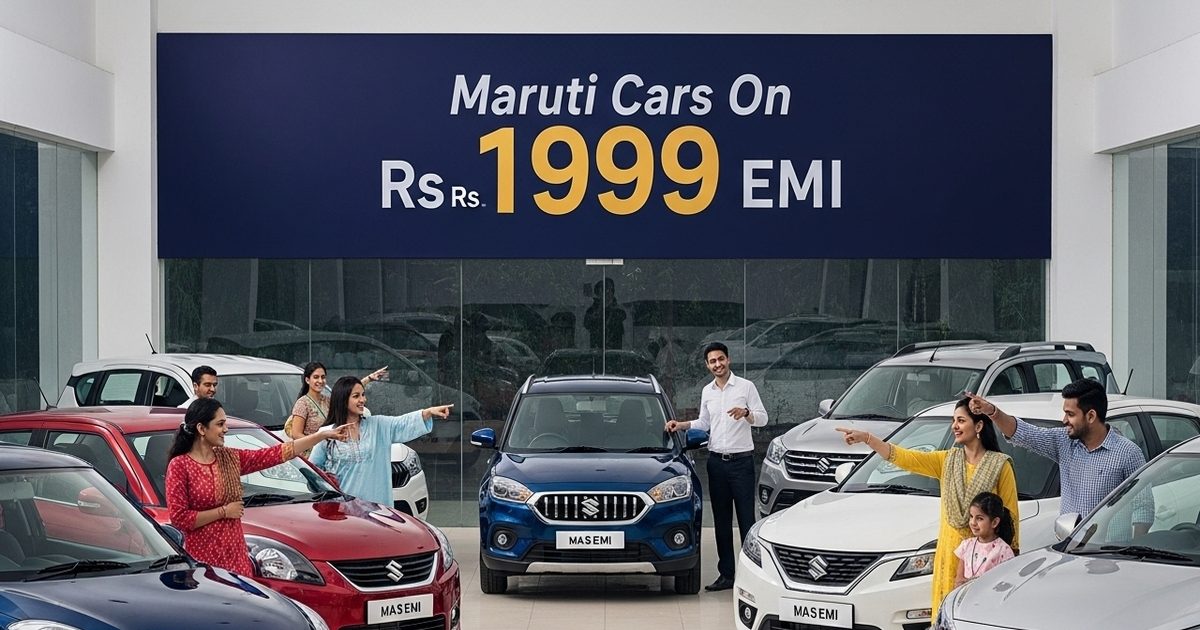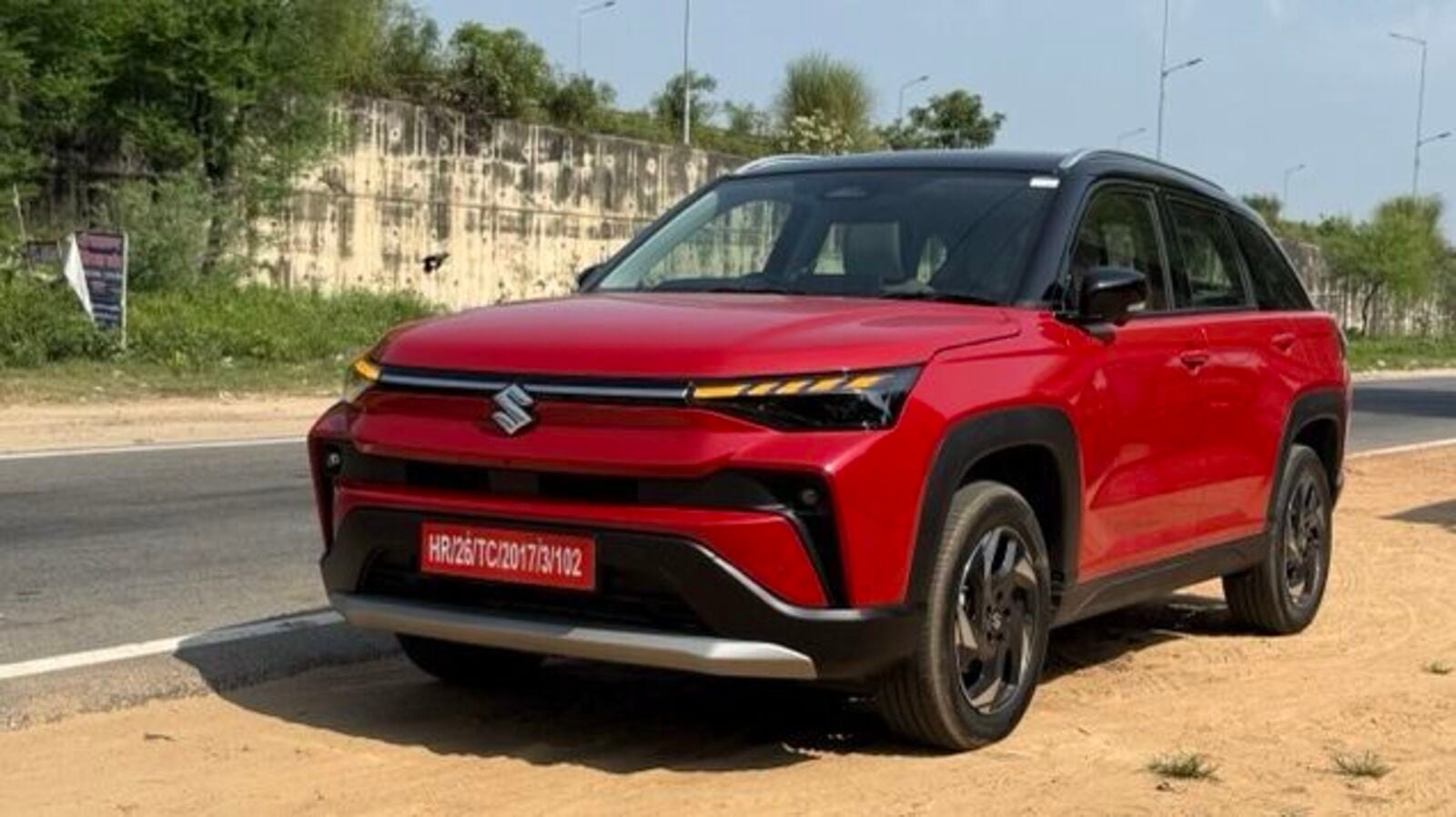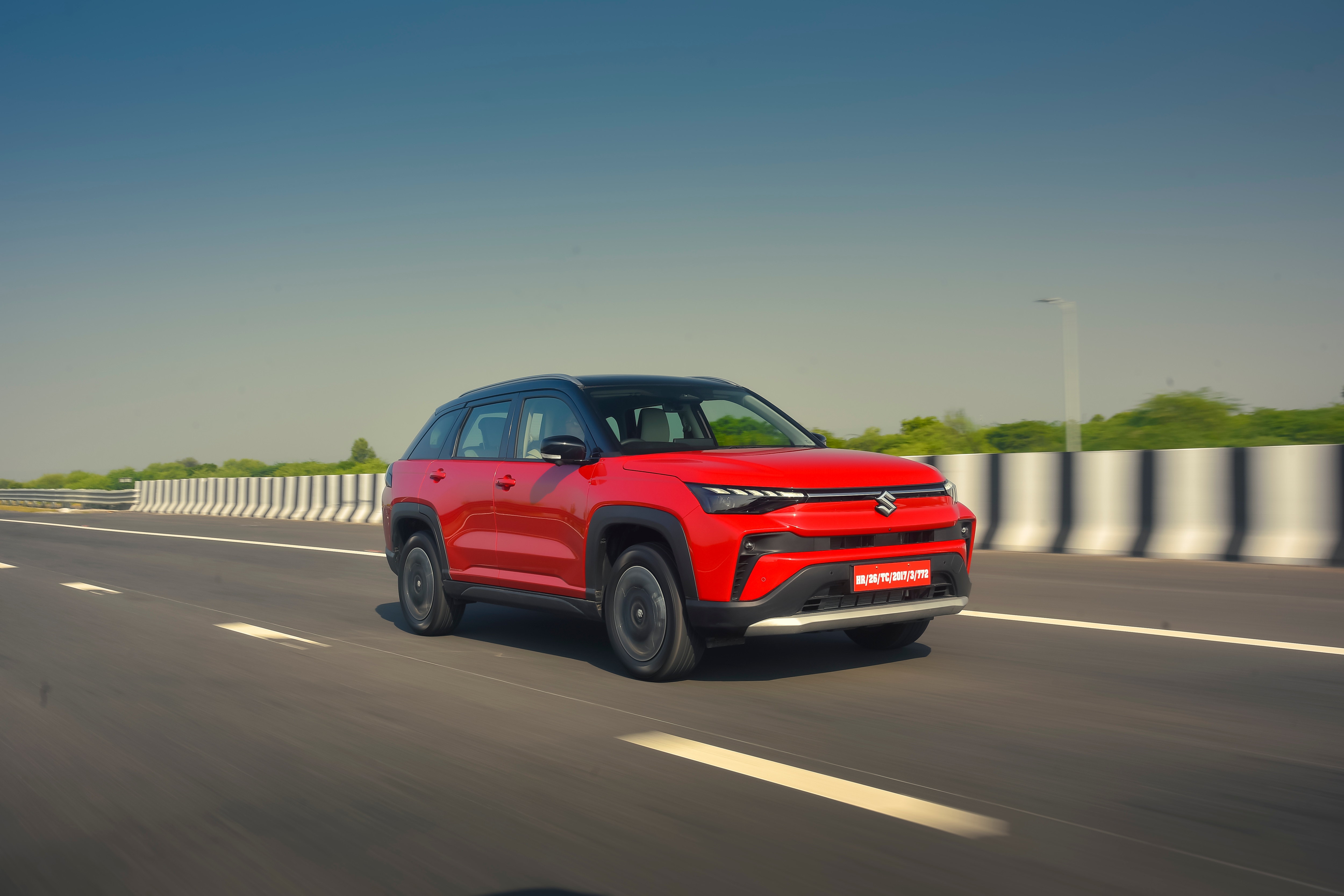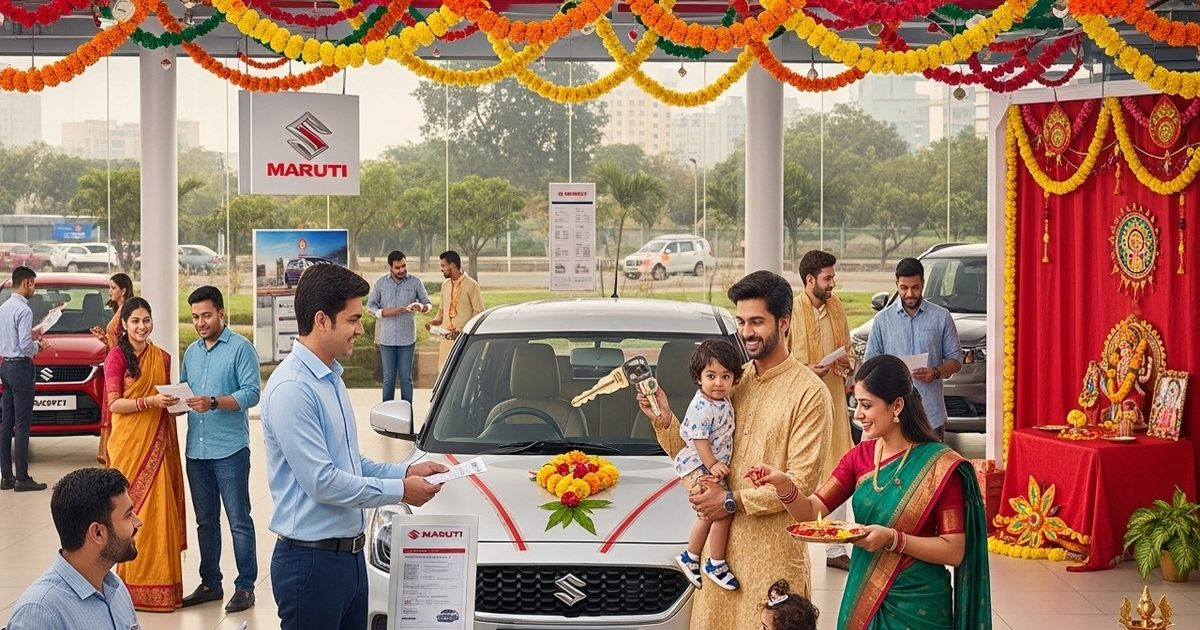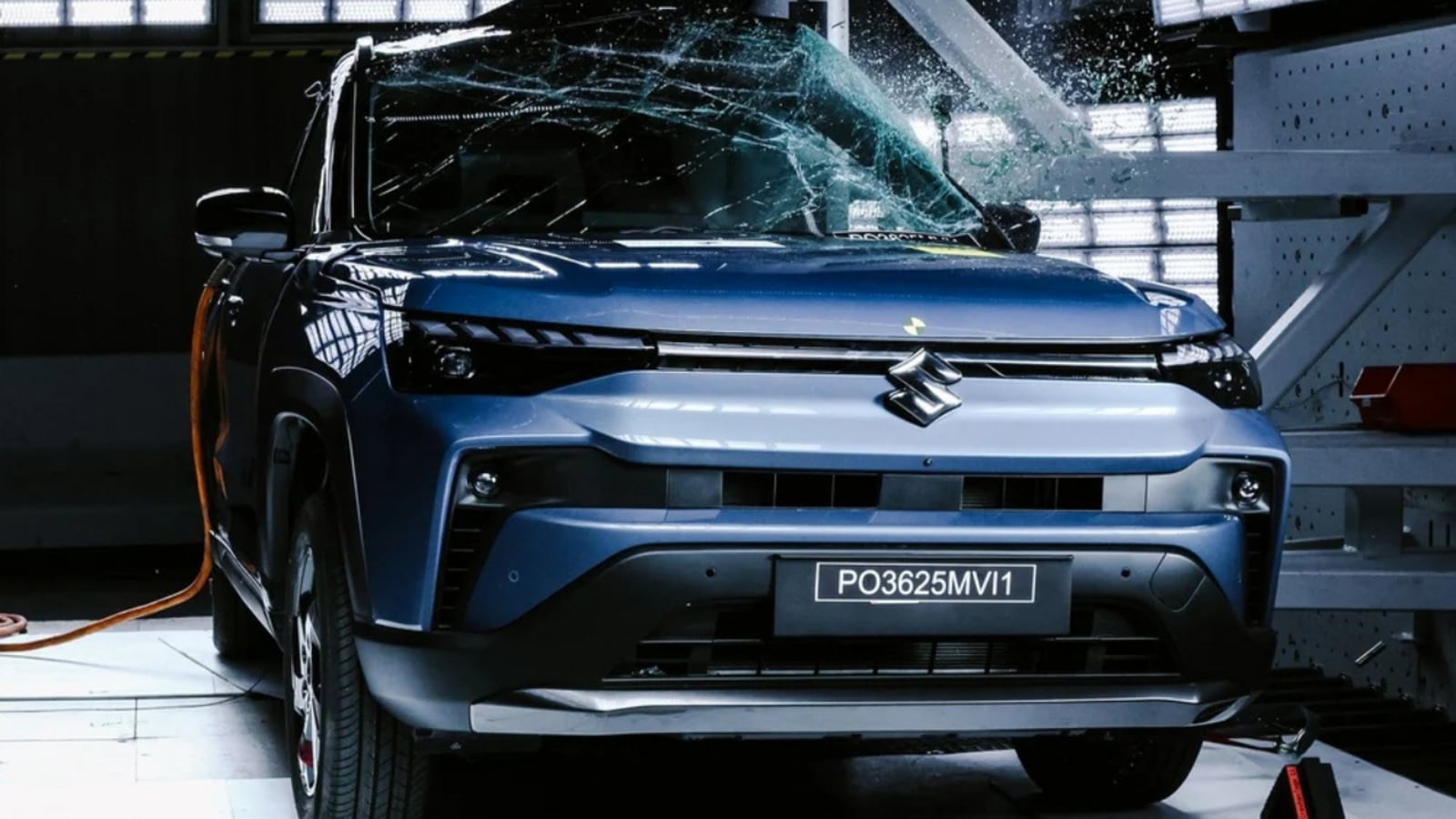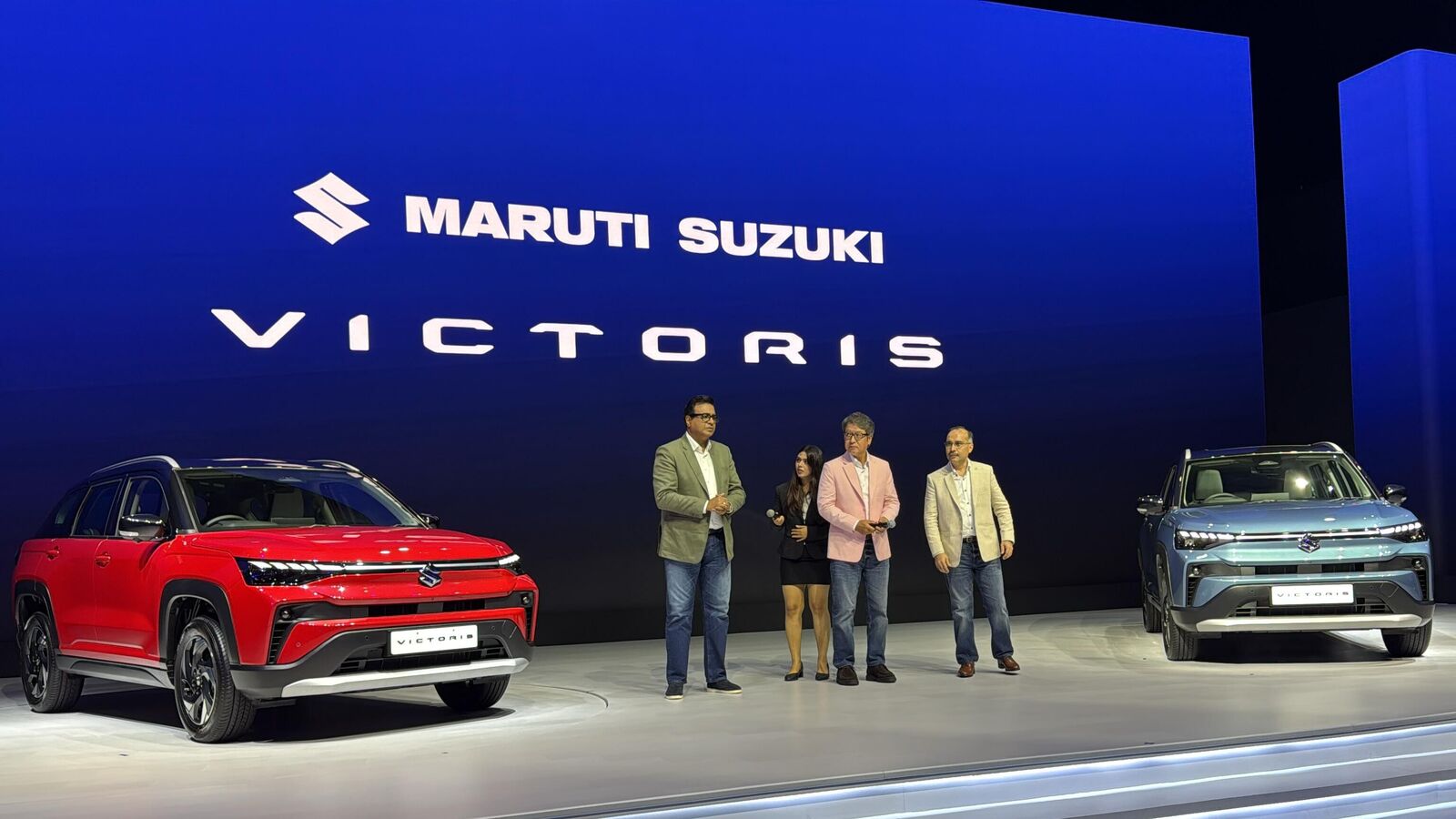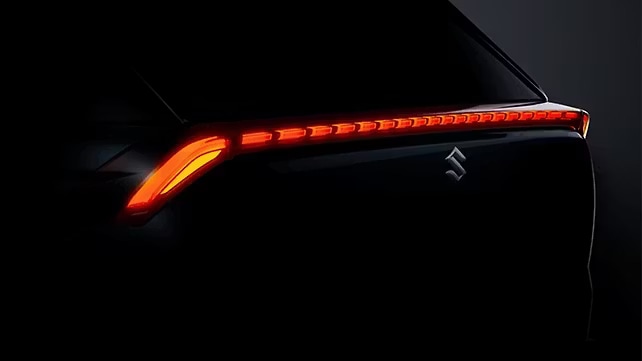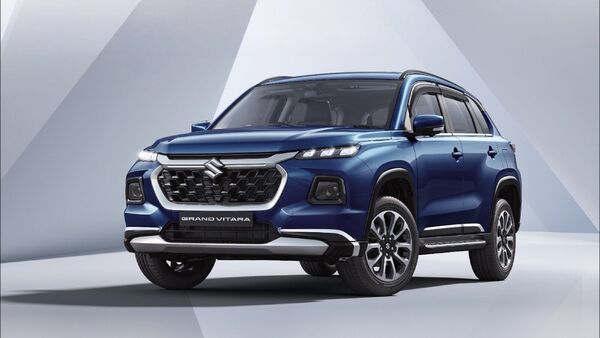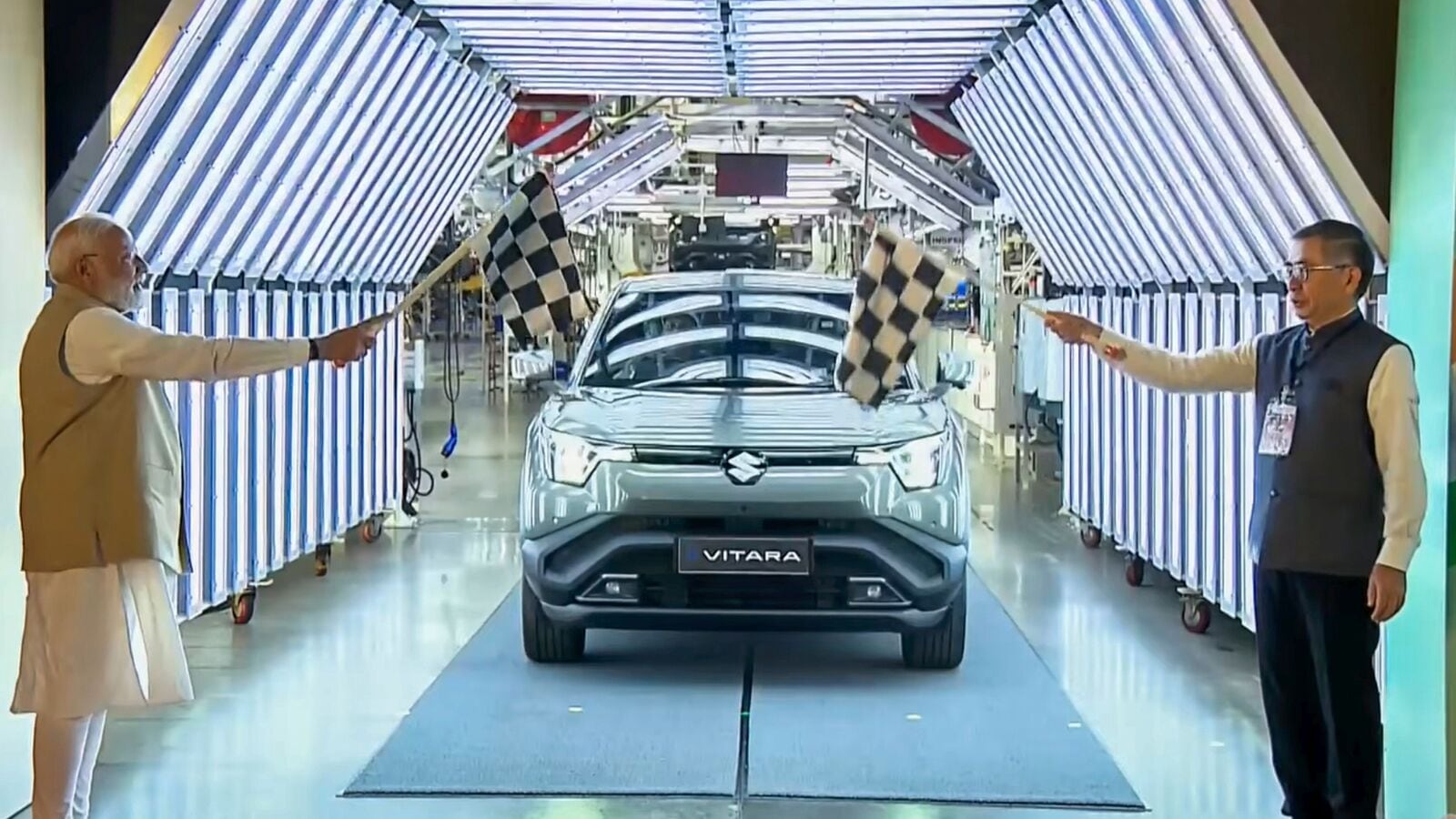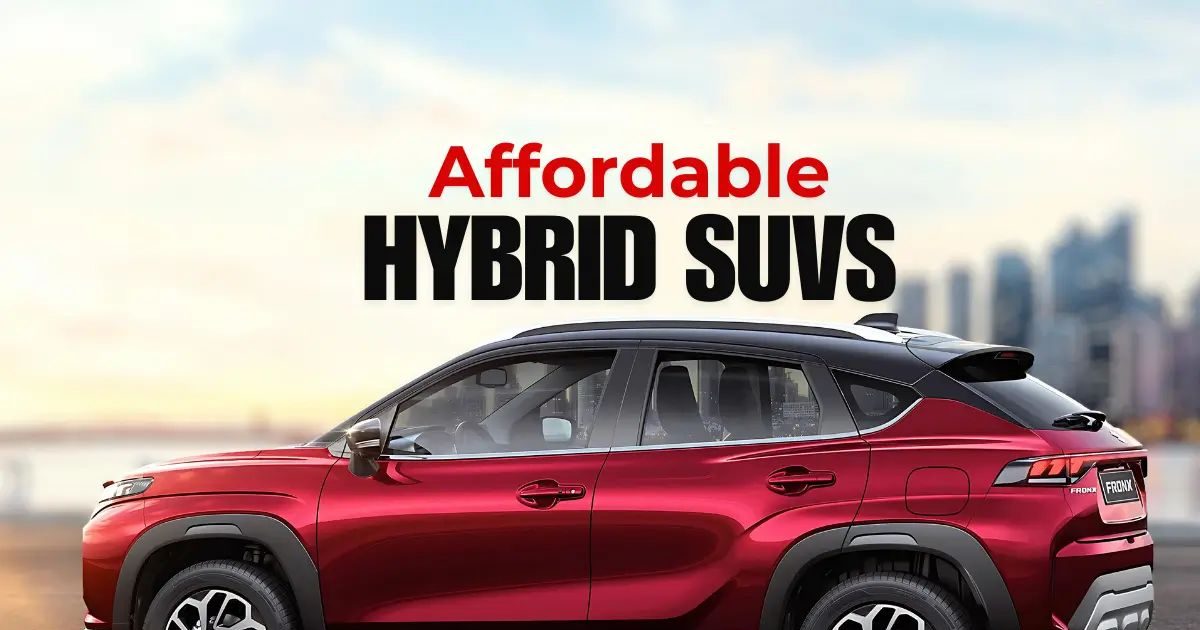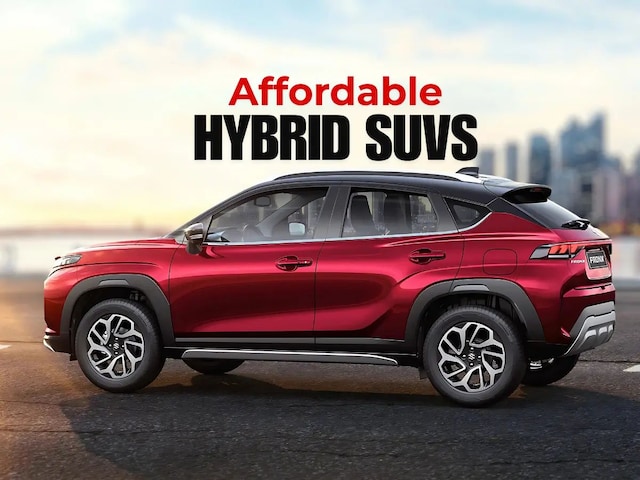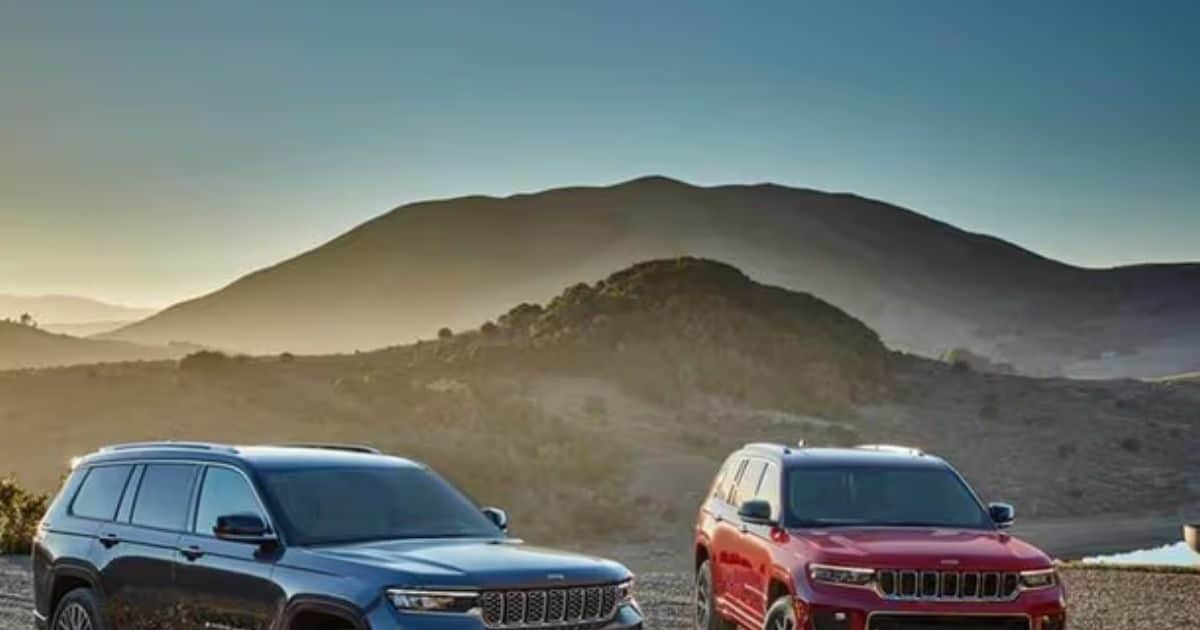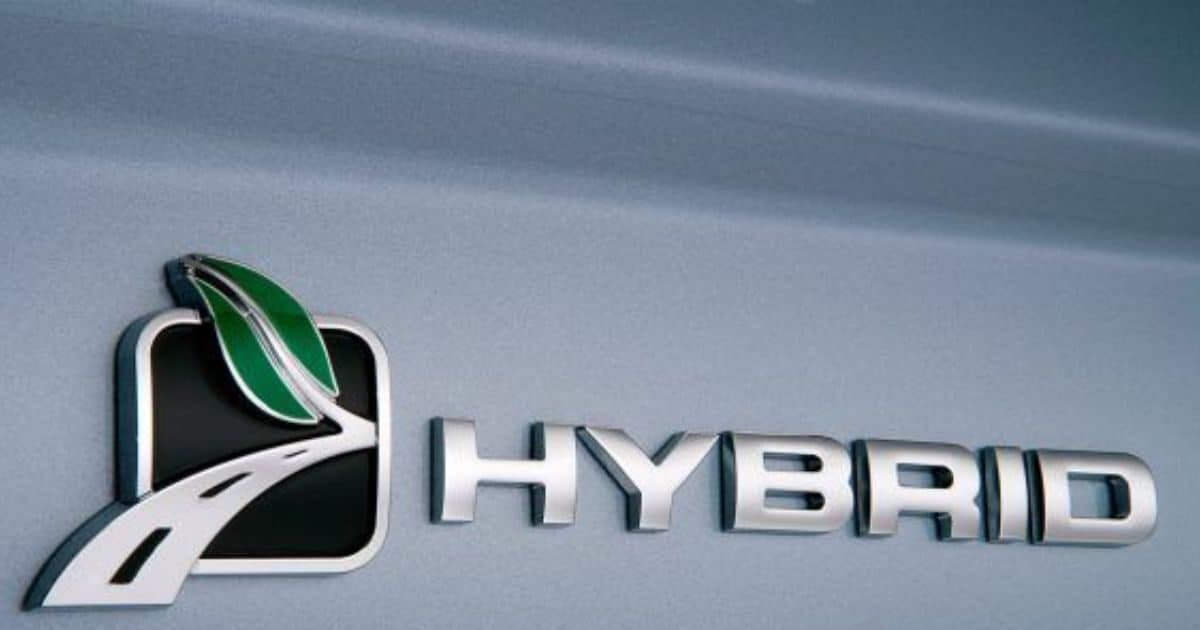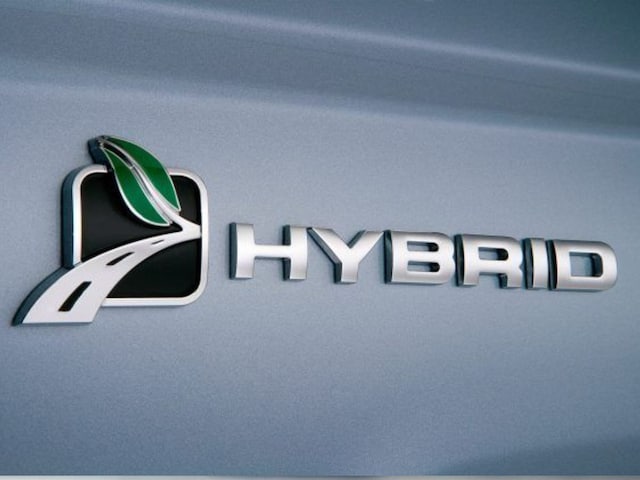- Maruti Suzuki India Limited reached the production target of 22.55 lakh vehicles in 2025, the highest in its history.
View personalized offers
Maruti Suzuki India Limited has set a new production benchmark by manufacturing more than 22.55 lakh vehicles in 2025. This is the highest annual production in the company's history.
Additionally, this milestone marks the second consecutive year that the automaker has crossed the 20 lakh unit production mark. Total production includes vehicles manufactured for the domestic market, exports and OEM supplies.
Frontend, Baleno lead production charts
Production during the year was largely driven by high-volume models such as the Forex, Baleno, Swift, Dzire and Ertiga, which together accounted for a large share of the overall manufacturing volume. The company said the strong performance reflects its ability to closely align production plans with customer demand in India and overseas markets.
Manufacturing footprint still growing
Maruti Suzuki began manufacturing operations in 1983 with its Gurugram facility in Haryana. Since then, the company has continuously expanded its production base, supported by a multi-tier supplier network and extensive dealer ecosystem.
Its manufacturing operations are now spread across the Gujarat plant as well as Gurugram, Manesar and Kharkhoda in Haryana, which have recently been integrated into the company's operations. At these plants, Maruti Suzuki currently manufactures 17 models with over 650 variants.
Also Read: Maruti Suzuki Victoris reaches 70,000 bookings; Brezza remains a strong seller
future plans
Looking ahead, the automaker plans to increase its annual manufacturing capacity to 4 million units, aimed at meeting growing domestic demand while strengthening exports. This expansion is in line with the Government's 'Make in India' initiative and Maruti Suzuki's long-term growth strategy.
Localization and Supplier Ecosystem
Talking about the achievement, Hisashi Takeuchi, Managing Director and CEO, Maruti Suzuki India Limited, said, “This record production is a result of the dedication of our employees and the strong synergy we share with our supplier partners. The high level of localization has enabled us to achieve such scale while maintaining world-class quality, highlighting the strength and global competitiveness of India's automotive manufacturing ecosystem. We look forward to expanding our manufacturing footprint and supporting the Government of India Committed to strengthening India's automobile manufacturing capabilities in line with the 'Make in India' initiative.”
The company said the achievement highlights its focus on aligning production with customer demand in both domestic and international markets.
Upcoming cars in India in 2026, check out the best SUVs in India.
First publication date: 02 January 2026, 16:48 PM IST


